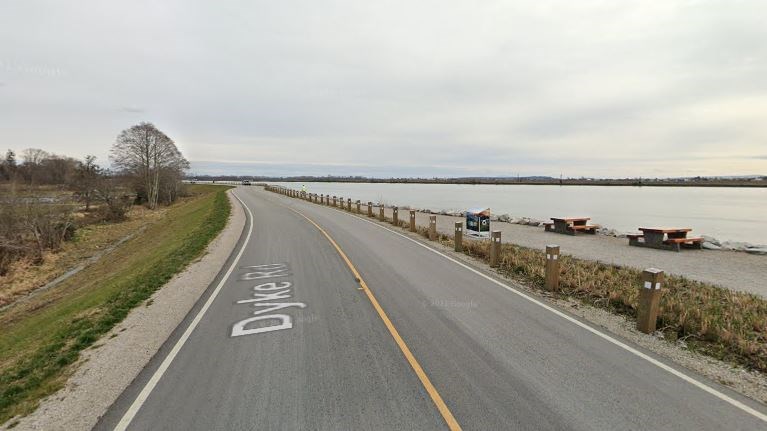Dear Editor, city councillors,
Now that cycling season is upon us and more dikes are being readied for raising, I want to address our city’s inconsistent relationship to the lowly bicycle.
Examples of good and popular bike routes abound across our city, but why was no bike lane installed on Dyke Road between Gilbert and No. 3 Road — that now-completed section of the raised south dike?
Will the engineering department consider such an amenity when it starts in on Dykes 2.0 to the east? Or west, which will certainly appear to sink those elegant quasi-heritage houses even deeper into the ditch.
Or will it extend the superfluous designer strip of thirsty “wild” grasses along the riverside shoulder that must be hand-watered every few days in summer by a person with a truck carrying copious amounts of water? That “green” strip is about the width of a two-way bike lane.
For all the calculus studied in engineering school, that inclusion versus exclusion doesn’t add up — neither environmentally nor economically. It is a very popular route, but also unsafe.
The only option for cyclists, of which there are many, especially on weekends, is to cling nervously to the gravel shoulder above a steep 20-foot slope to a ditch, as cars whizz past mere inches away.
If the city hopes to promote cycling, then cycling infrastructure ought be designed as adjuncts to any engineering and roadway schemes (the recent south No. 5 Road re-paving being another lost opportunity).
When the raised Dyke Road is extended upriver en route to devastating the No. 3 and No. 4 road greenspaces/dogparks and all their large mature trees, wouldn’t it make sense to set the raised dikes further inland on the existing roadbeds, allowing the floodwaters to temporarily flood the lawns during those rare king tides, rather than decimate perfectly healthy greenways, habitats and large trees?
Glen Andersen
RICHMOND



